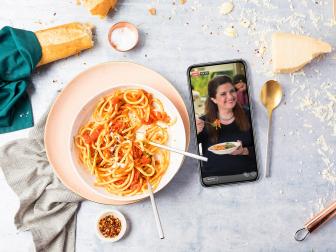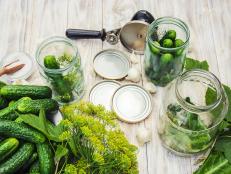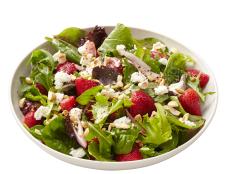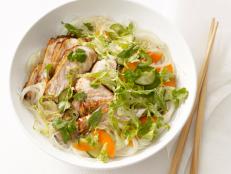The Secret Ingredient Michael Symon Uses to Kick Up His Turkey Sandwich
It also happens to be the best way to use up your garden's bounty.
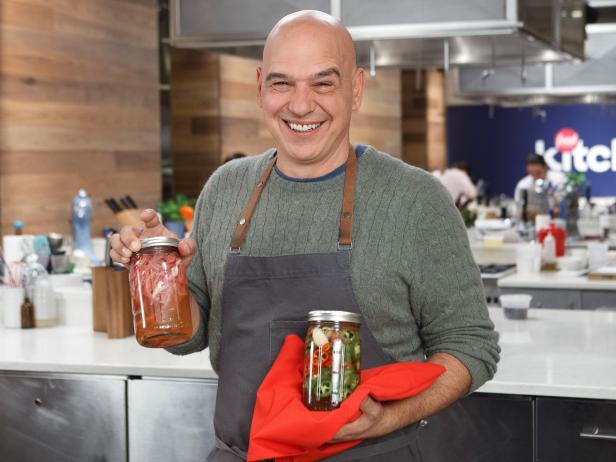
Jason DeCrow
Get a Premium Subscription to the Food Network Kitchen App
Download Food Network Kitchen to sign up and get access to live and on-demand cooking classes, in-app grocery ordering, meal planning, an organized place to save all your recipes and much more.
For home gardeners, there is perhaps no season more satisfying than summer. From tomatoes to strawberries to zucchini, summer serves up a bountiful harvest of seemingly endless produce that can be enjoyed for months. But if your garden is like mine, it’s easy to find yourself swimming in a mound of excess cucumbers, struggling to enjoy them all before they perish.
Michael Symon’s solution is pickling. And his favorite way to use those pickles? He throws a few pickled onions on top of a turkey club sandwich for a powerful punch of salty, spicy crunch. His Pickling 101 class in the Food Network Kitchen app is the perfect intro to get started on making your very own pickles.
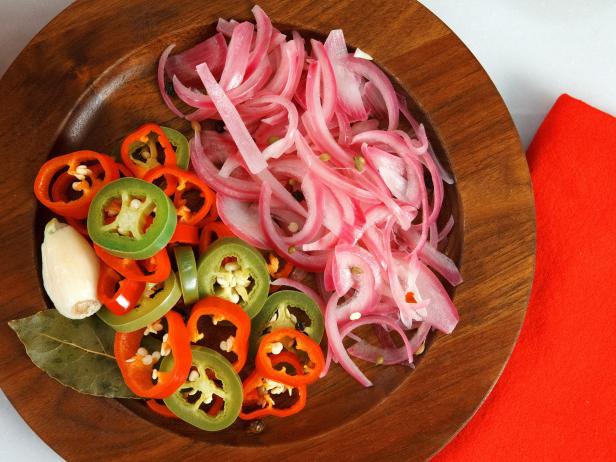
Jason DeCrow
We don’t mean the complicated canning process you’re probably imagining. We’re talking a quick, simple pickle recipe that will help you step up your sandwich game, add some crunch to your fish tacos or even add some brightness to your cheese board. Perhaps the best part is that you only need a handful of ingredients to make a perfect quick pickle, and you probably have them all in your pantry already. Let’s break it down.
To start, Michael makes a basic pickling liquid from water, vinegar, salt, sugar and any spices you like. Although any vinegar will do the trick, he uses a combination of white vinegar and red vinegar for extra flavor. This basic pickling liquid can be used for almost anything your garden is producing, from cauliflower to corn.
After your pickling liquid is ready to go, all you have to do is combine it with veggies and spices in a glass jar, allow it to cool then pop it in the refrigerator. These pickled treats are good in the refrigerator for up to two months, and only get more flavorful each day.
Michael loves his pickles spicy, and says that his recipe can be completely customized based on your taste preferences. If you want a bit of extra heat, add in some chile flakes or black peppercorns. If you’re looking for a deeper flavor, try some whole cumin, mustard seeds, bay leaves or garlic cloves. The opportunities are limitless, and this technique is a fantastic way to extend the shelf-life of your summer bounty. Michael's method is so versatile you can keep it in your back pocket to expand upon, develop and experiment with no matter what kind of goodies your garden grows, so be sure to take his Pickling 101 class in the Food Network Kitchen app today.
Related Links:
























